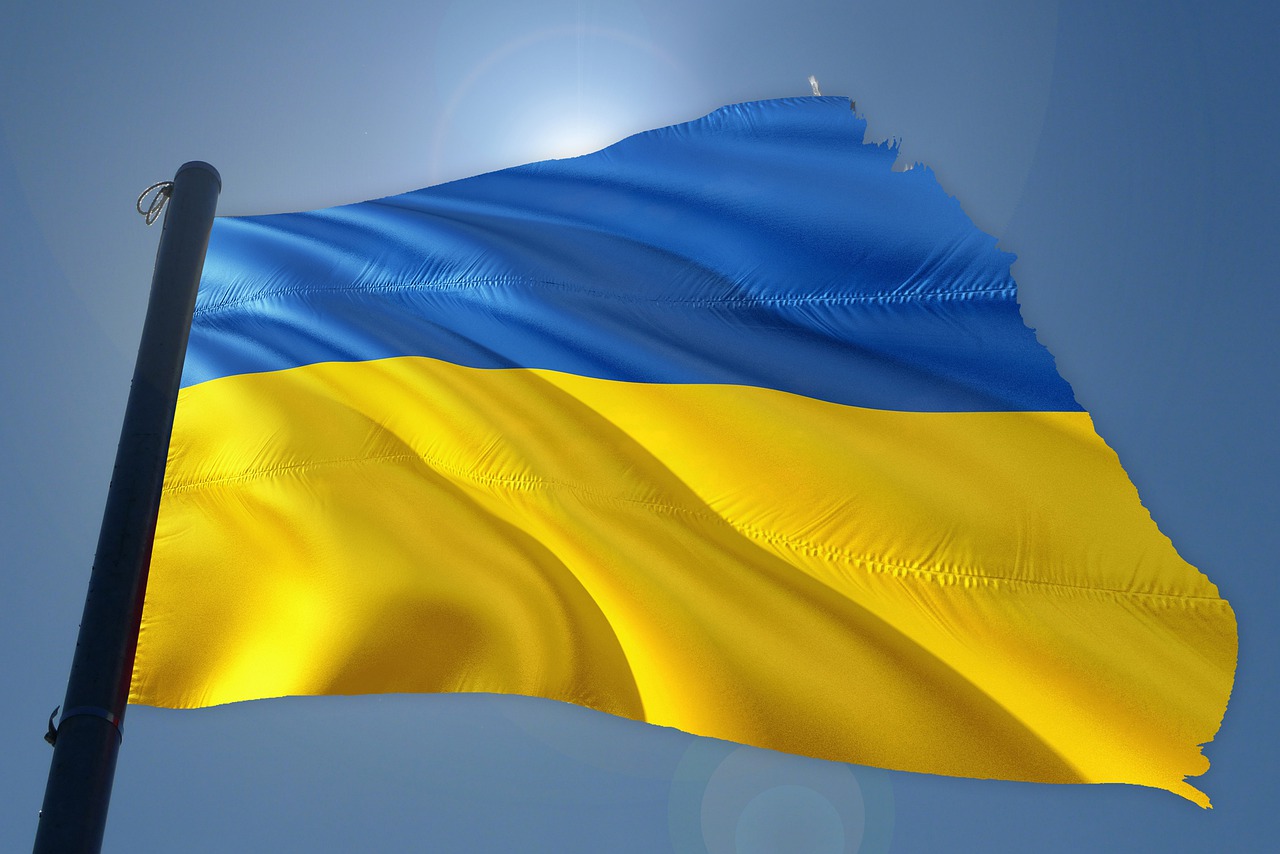Uddrag fra Danske Bank- læs hele analysen her
Peace, please – but not any kind
In light of the recent remarks by the US officials, including the ones we heard over the weekend in Munich, we think the likelihood of a bad outcome for Ukraine has increased and we adjust the scenarios we previously communicated in our Geopolitical Radar – Better get used to the uncertainty, 7 February. We continue to see a high chance of a ceasefire in Ukraine this year. That said, we think the likelihood of Ukraine getting a deal they were originally after (entailing no land losses and a NATO membership) has further diminished (5%, pr. 10%).
The new US administration clearly prefers a deal sooner rather than later. Hence, we lower the likelihood for the war continuing into next year from 30% to only 15%. This leaves us with a high likelihood (80%) of a deal this year, with a good chance of an initial ceasefire deal during the first half of 2025.
We think for the economy it makes a difference whether the compromise deal is a dirty one, clearly favouring Russia, or an acceptable one, that is more likely to bring sustainable peace. There are some alarming signals that should keep us on alert for a bad outcome: 1) talks are kicking off bilaterally between teams from the US and Russia, while Ukraine’s role in the process remains unclear, 2) the US officials have said it would be unrealistic for Ukraine to demand restoration of pre-2014 borders or hope for a NATO membership, making de facto concessions to Russia before talks have even started, and 3) Keith Kellogg, Trump’s special envoy to Ukraine who has made some critical comments in the past, seems to have been sidelined as he will not be part of the US negotiating team.
The faster the talks proceed, the higher the likelihood of a dirty deal, as we see it. That is because Russia is in no hurry to stop fighting. Its man losses towards the end of last year exceeded its pace of new recruits. The current level of intensity is not sustainable without a new round of mobilisation but Russia could well continue the war at a lower intensity for a long time still. Since Russia is und er no imminent pressure to end the war, an immediate ceasefire would signal that it has been promised sweeteners, such as sanctions relief. Currently, we tilt towards a dirty deal (50%) because, as we see it, Russia has already been made concessions. An acceptable deal is still possible (30%) but it requires a rapid strong and coordinated response by European states to the US-led initiative. Dirty deal(50%)
In a dirty deal, Kremlin would be allowed to largely dictate the terms. Hence, under a dirty deal, we expect the US would move rapidly in lifting most sanctions against Russia. Taking cues from the US behaviour in the past e.g. with Iran, we think they would prefer removing energy-related sanctions, over ending the asset freeze. This would leave it up to the EU to decide whether they want to restore energy trade with Russia, and we think
some countries would (see below). This would constitute a positive supply shock for (pipeline) gas particularly, and potentially for oil as well if oil sanctions were removed.
Also, under a dirty deal, Ukraine reconstruction would not begin at full force. Particularly private investors would remain wary as security risks in the medium term would remain. For the same reason, migration back to Ukraine would be limited. The EU would urgently seek to step up defence investments in order to prepare for possibly another attack by Russia in medium term.
In their updated threat assessment in February 2025, the Danish Intelligence Service stated that if the war ended and Russia was allowed to regroup, within six months it would be able to fight a local war against a neighbour, and within two years it could pose a credible threat to one or more NATO countries (in the absence of US intervention). For obvious reasons, we think any confidence boost for markets from a dirty deal would be short-lived.

